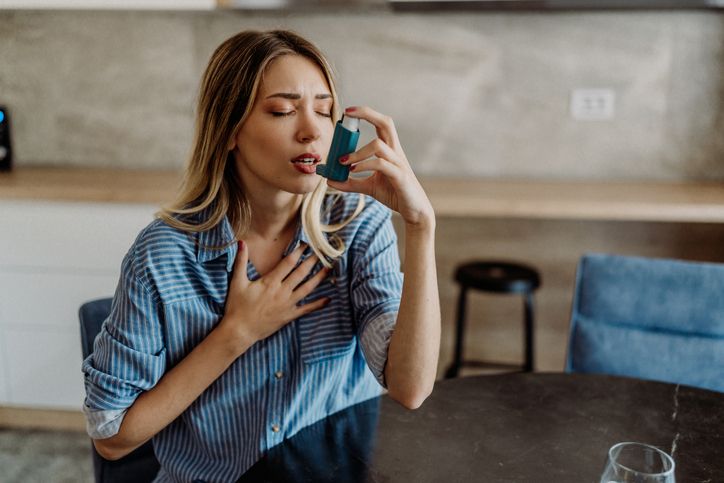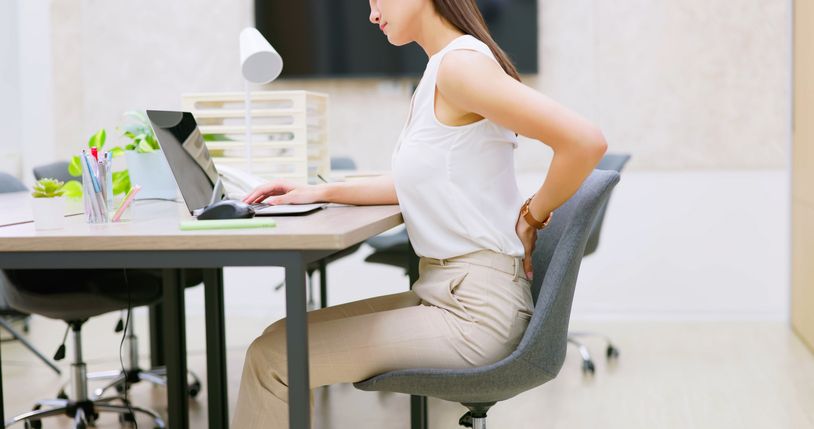- Home
- Trend
- Weight Loss Strategies
- Acne Tips
- Hair Health Information
- Blemish Removal Tips
- Acne Scar Removal Tips
- Muscle Building Techniques
- Intimate Care Tips
- Postpartum Intimate Care
- Eye Bags Wiki
- Tips for Face Slimming
- Secret of Permanent Hair Removal
- Breast Enlargement Tips
- Cure to Snoring
- Marionette Lines
- Skin-Tightening Secrets

免費體驗
S6 Body Sculpting Treatment
1 Minute Self-Registration
Date should not be before minimal date
You've likely heard the claim that yoga can transform your life, but does it really live up to the hype? From physical improvements to mental and emotional enhancements, the benefits of yoga are multifaceted - but what exactly can you expect to gain from your practice?
1
Benefit 1: Yoga builds muscle strength

2
Benefit 2: Yoga betters your bone health

- How to Get Rid of Flabby Arm Fat? Steps for Effective Transformation
- 4 Key Meal Plans of Grapefruit Diet: Can Half a Grapefruit Really Help You Slim Down?
- Get Rid Of Love Handles: A Comprehensive Guide To Diet And Exercise For You To Regain A Slender Waist
- Foot Bath: 6 Amazing Benefits And 5 Essential Tips For Doing It Right
3
Benefit 3: Yoga improves balance and flexibility

4
Benefit 4: Yoga Increases Your Blood Flow and Helps Fight Heart Disease


免費體驗
S6 Body Sculpting Treatment
1 Minute Self-Registration
Date should not be before minimal date
5
Benefit 5: Yoga help manage asthma, multiple sclerosis, and arthritis

6
Benefit 6: Yoga helps with back pain relief

- 16 Best Belly Fat Exercises to Help You Lose Belly Fat and Strengthen Abdominal Muscles, Science-Proven!
- Laser Lipo, HIFU, Cryolipolysis & More: Are These Popular Fat-Reduction Methods Worth It?
- 4 Reasons for Core Muscle Weakness + Popular Core Exercises Recommended!
- Drinking Water For Weight Loss: 5 Major Benefits + Celebrity Water-Drinking Methods!
7
Benefit 7: Yoga Improves Your Posture

8
Benefit 8: Yoga boosts emotional health and relieves stress


免費體驗
S6 Body Sculpting Treatment
1 Minute Self-Registration
Date should not be before minimal date
9
Benefit 9: Yoga helps you sleep better

10
S6 Body Sculpting Treatment: Get Fitted, Toned, and Healthy In No Time!

- Meal Replacement for Weight Loss: Do They Work? Will You Regain Weight?
- Can You Embrace a Nutritious Lifestyle with Meal Replacement Bars?
- Is Apple Cider Vinegar For Weight Loss Really Effective? 3 Key Tips And Side Effects
- Liposuction Risks: 6 Common Liposuction Techniques & 4 Guidelines For Safe Weight Loss
11
How often should you do yoga?

Frequency Recommendations for Different Goals
Balancing Yoga with Cardio and Strength Training
12
How to Practice: 10 Common Yoga postures to Boost Overall Health

Downward Dog
Warrior Pose
Tree Pose
Child's Pose
Bridge Pose
Cobra Pose
Seated Forward Bend
Triangle Pose
Plank Pose
Corpse Pose

免費體驗
S6 Body Sculpting Treatment
1 Minute Self-Registration
Date should not be before minimal date
FAQ

What are the Essential Gear and Apparel for Yoga?
When it comes to yoga gear, a good-quality yoga mat is essential. Look for one that provides grip, cushioning, and support for your joints. You'll also want to contemplate blocks, straps, and blankets to help modify poses and maintain proper alignment. As for yoga apparel, opt for breathable, moisture-wicking clothing that allows for a full range of motion. Choose comfortable, fitted clothing that won't distract you from your practice. Avoid cotton, as it can be heavy and restrictive. Instead, consider technical fabrics like polyester, nylon, or spandex.
What to Eat Before and After Yoga?
For peak physical health, it's crucial to eat nutrient-dense foods that provide sustained energy and support your yoga practice. Before yoga, choose light, easily digestible meals or snacks like bananas, nuts, or energy bars. Avoid heavy meals that can cause discomfort during practice. After yoga, refuel with protein-rich foods like lean meats, fish, or eggs to aid in muscle recovery. Additionally, stay hydrated by drinking plenty of water before, during, and after your yoga practice.
What are Some Tips for Yoga for Seniors?
You're likely to experience more flexibility and balance improvements in your golden years by modifying yoga practices to accommodate physical limitations and health considerations unique to seniors. Start with shorter sessions, focusing on breathing exercises, gentle stretches, and modified poses. Use props like blocks, straps, or chairs to aid balance and flexibility. Consider chair yoga or yoga in a seated position if mobility is a concern. As you practice, listen to your body and honor its limitations. Yoga for seniors is about adapting to your needs, not pushing beyond them.
How Long Should a Yoga Session Last?
The ideal duration of a yoga session varies depending on your goals and experience level. For beginners, a 30-45 minute session is a good starting point, allowing you to focus on proper alignment and technique. As you progress, you can gradually increase the duration to 60-90 minutes.
When Should I Stop Practicing yoga?
If you experience persistent pain or discomfort in your muscles or joints while practicing yoga, it's likely time to stop and reassess your practice. Don't push through pain, as it can lead to injury. Instead, take a break and modify the pose or come out of it altogether. It's essential to listen to your body and honor its limitations. If you're new to yoga, it's normal to feel some discomfort as your body adjusts, but if the pain persists, stop and reassess. A regular yoga practice should leave you feeling energized and relaxed, not in pain.








